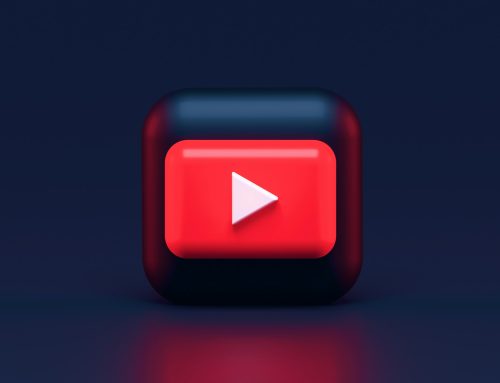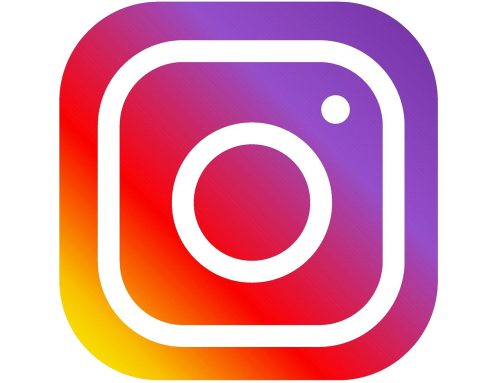![]() A major development on the Facebook platform is the introduction of EdgeRank, a ranking formula that determines which posts are displayed on the News Feed of fans and friends. This algorithm filters and prioritizes the posts your fans will see and the order in which they are shown on their News Feed.
A major development on the Facebook platform is the introduction of EdgeRank, a ranking formula that determines which posts are displayed on the News Feed of fans and friends. This algorithm filters and prioritizes the posts your fans will see and the order in which they are shown on their News Feed.
This article describes EdgeRank and how it affects your Facebook activities? Facebook had to introduce a ranking algorithm to reduce the amount of clutter displayed on people’s News Feeds.
To overcome the effects of EdgeRank, you need to understand how to create and manage the updates you post on Facebook, how to time these updates and how to engage with fans and friends using Facebook features like Likes, Share and Comments. Unless you fully embrace the concept of engagement, your status updates will simply not show up on the News Feed of your fans.
What Is EdgeRank?
EdgeRank is a Facebook algorithm that controls which status updates are displayed in each user’s News Feed. EdgeRank not only filters what posts are displayed, it also sorts and prioritizes the order in which they are shown.
To start, let’s clarify the term edge as the ranking formula itself is based on this rather esoteric term. We shall clarify its meaning in an easy-to-understand manner.
As it applies to Facebook, every interaction a user performs that produces a piece of content is known as an edge.
For example, the following user actions are in themselves known as edges:
* Posting a status update.
* Uploading a photo or video.
* Listening to a song.
* Changing the classification of a fan or friend.
* Clicking, liking, tagging, sharing, commenting and befriending people.
Every one of these actions generates an edge which, depending on its EdgeRank score, may be displayed in a user’s News Feed. Looking at the actions shown in the above list, you can already see that EdgeRank monitors your engagement and this, to a large extent, determines if your status updates will be shown on the News Feed of your fans and friends.
Now, let’s examine a more scientific definition of EdgeRank.
EdgeRank is measured by the aggregation of three separate factors which, on account of the terminology used, may seem a little difficult to grasp.
Affinity (u). This essentially tracks your interaction with fans. Each action produces a different weight that measures the effort involved which, by itself, demonstrates the level of interest a user has in the content posted. Posting and commenting produces a higher score than clicking or liking. Using Facebook parlance, the affinity score is also based on how connected a user is with an action. The more you interact with a particular person, the more connected you become.
Edge Weight (w). Each edge category has a different weight (score) which determines what type of content Facebook considers valuable for posting onto the News Feed of fans and friends. Highest on their ranking is videos, photos and links. The more comments, likes or shares a post update accumulates, the higher its edge weight.
Recency (d). This factor relates to the “time decay” of status updates. As a post ages, it loses points. It is assumed that Facebook adjusts the recency score based on the time elapsed since the user last logged into Facebook and also how frequently
the user is active on Facebook.
Like the Google algorithm that determines page rank, the precise equations contained in the EdgeRank algorithm are not publicly known and you can assume that the algorithm will change and evolve over time. However, the above explanations should give you a reasonable insight into the factors that determine whether particular posts will show up in your News Feed as well as those of your fans.
Finally, do not assume that you can check, measure or calculate EdgeRank because there is no general score. You can, however, measure the effects of EdgeRank by using the Facebook analytics tools to see how much engagement from other users your posts accumulate. A separate chapter in my book describes the Insights analytics feature.
How to Improve Your EdgeRank Score
If you market your brand, product or service on Facebook, you need to consider how you can best improve your EdgeRank score. The reason is simple. Unless you pay attention to EdgeRank, the majority of your fans and friends may never see your status updates.
According to the latest available research, only 6% of your fans will interact with your content (Napkin Labs)
Facebook recently claimed that only 15% on your fans will see your status updates on their newsfeed.
Acquiring Likes has, in itself, become a fairly meaningless activity although you need to reach 400 likes in order to see certain data in Insights. “The more the better” approach is not the target you want to chase. Fostering engagement with your fans should be your principal goal as this is the only way to improve your EdgeRank score.
Here’s the mindset you need to adopt when you post updates, photos or videos in Facebook:
* Don’t try to trick the EdgeRank formula to rank your content higher. Instead, create content that motivates your fans and friends to like, comment and share the content.
* Aim to create a community of followers.
* As is the case with the Calls-To-Action items you embed in sales letters and/or squeeze pages, you must TELL people what to do or they won’t do it. Clearly state what you want your fans to do. “Leave a comment below”, “Click Like if you agree”, “Click the Share button now”. Every action your fans take will improve the Affinity score of the EdgeRank algorithm and this will increase the number fans that see your post in their News Feed.
Pages Feed (November, 2012 Update)
Facebook has responded to mounting criticism from users who want to see all status updates posted by pages the have liked.
Commencing mid-November, 2012, a new menu item was added to the left-hand column of the News Feed page.
You can enable this function in order to see all status updates from pages you have liked. However, if you have a large number of Likes, you may well be overwhelmed by the amount of clutter on your News Feed.





